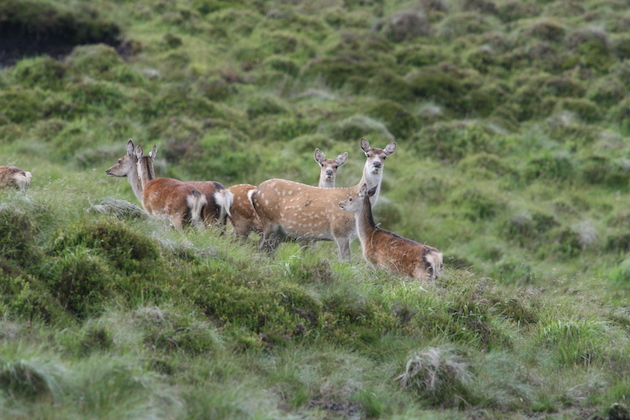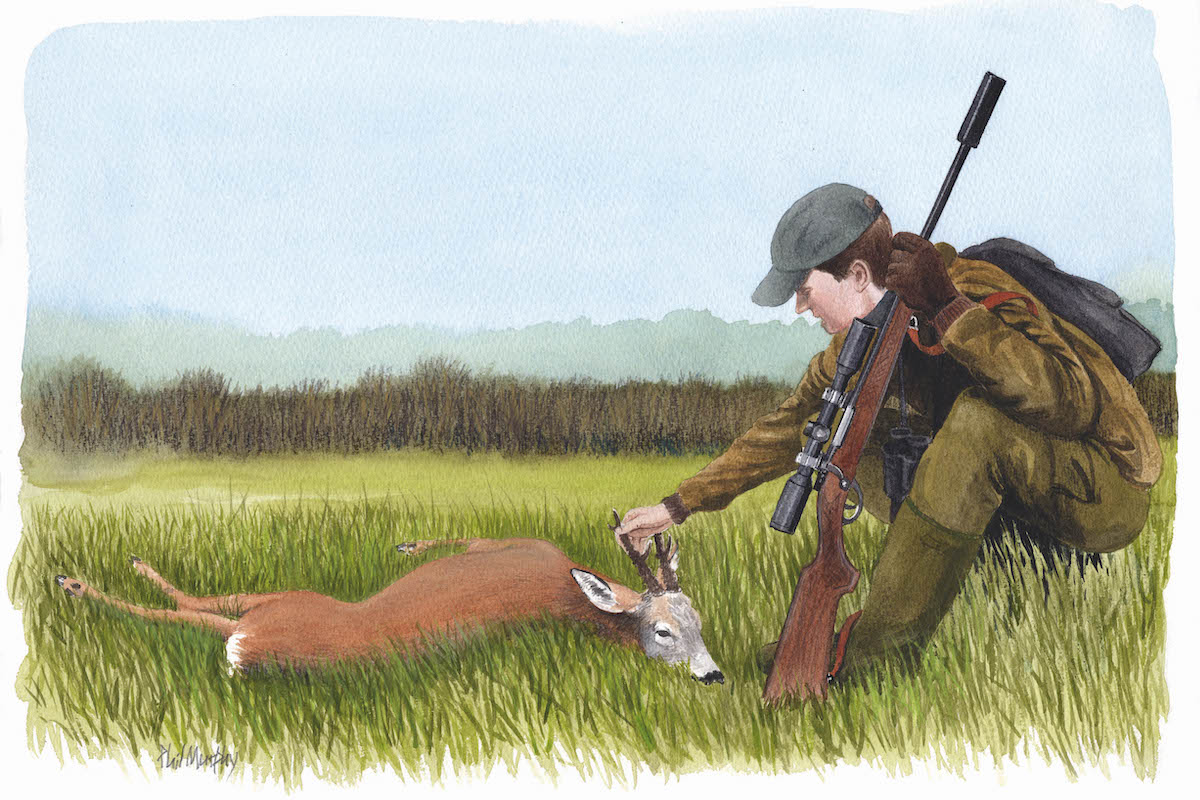Culling deer: what is the best way to dispose of them?
Culling deer is an emotive subject even without carcasses being left for walkers to stumble over — but is there a better way to dispose of them?

Sika deer
Some years ago, legislators in the Austrian province of Vorarlberg had a debate about exploding cows. Local farmers had been using small charges of dynamite to break up the carcasses of livestock that died in alpine pastures. The practice was perfectly legal; the idea was to make the fallen stock more easily devoured by natural scavengers. But there had been a few mishaps. In one case, a great chunk of flying cow slapped down into a swimming pool used by local children. But what were the alternatives? (Read why young stags should be left as long as possible.)
The disposal of dead animals is a live issue in our own countryside. Under a diktat inherited from the EU, farmers here have to ensure that the carcasses of domestic stock that die in the field are taken away for rendering and incineration. Exemptions are available for farmers in certain remote regions of Scotland. Interestingly, the Cairngorms National Park is not classified as ‘remote’ on the relevant official map. Perhaps the sensibilities of recreational walkers have been given some weight over physical geography.
Culling deer
In 2016, the Scottish Gamekeepers Association (SGA) stoked an outcry when it publicised that contractors working for the John Muir Trust (JMT) had left the bodies of 86 red stags on the open hill on the trust’s land on the Knoydart Peninsula in the West Highlands.
The trust said venison from the deer it culled usually went into the human food chain, but this was not always feasible. In certain places it was actually paid by the government to leave food out for eagles. Since the Knoydart incident, the SGA has highlighted further cases of culled deer being left to rot on JMT land.
The practice is distasteful to those who regard red deer as a valued game resource, rather than as mere pests. And it certainly upsets hill walkers who stumble upon the gruesome aftermath. But I suspect that leaving carcases is more widespread than many realise. I once came upon several culled red deer left out on a private estate that is at the forefront of the rewilding movement. Stalkers may leave the occasional beast that appears unduly thin, but these were large, healthy hinds and good calves and had been dragged into a hollow. The obligation to extract the entire carcass of every single culled deer is onerous and makes parts of the hill off limits for deer control. (Read rising deer numbers and the popularity of stalking.)
In North America, strict game regulations impose heavy fines on hunters for leaving edible meat behind. They are required to pack out the meat before retrieving a trophy. Standard wilderness practice is to cut the meat off and place it in muslin bags for transport by backpack or horse. Everything else is left for the scavengers. Could something like this become accepted as the norm in the more remote and inaccessible parts of the UK?
We have strict rules for the handling of meat destined for human consumption — especially when commerce is involved. Dead wild animals are treated differently from domestic stock. Should the harvesting of meat from deer carcasses in the field be encouraged, with regulatory adjustments if needed?








